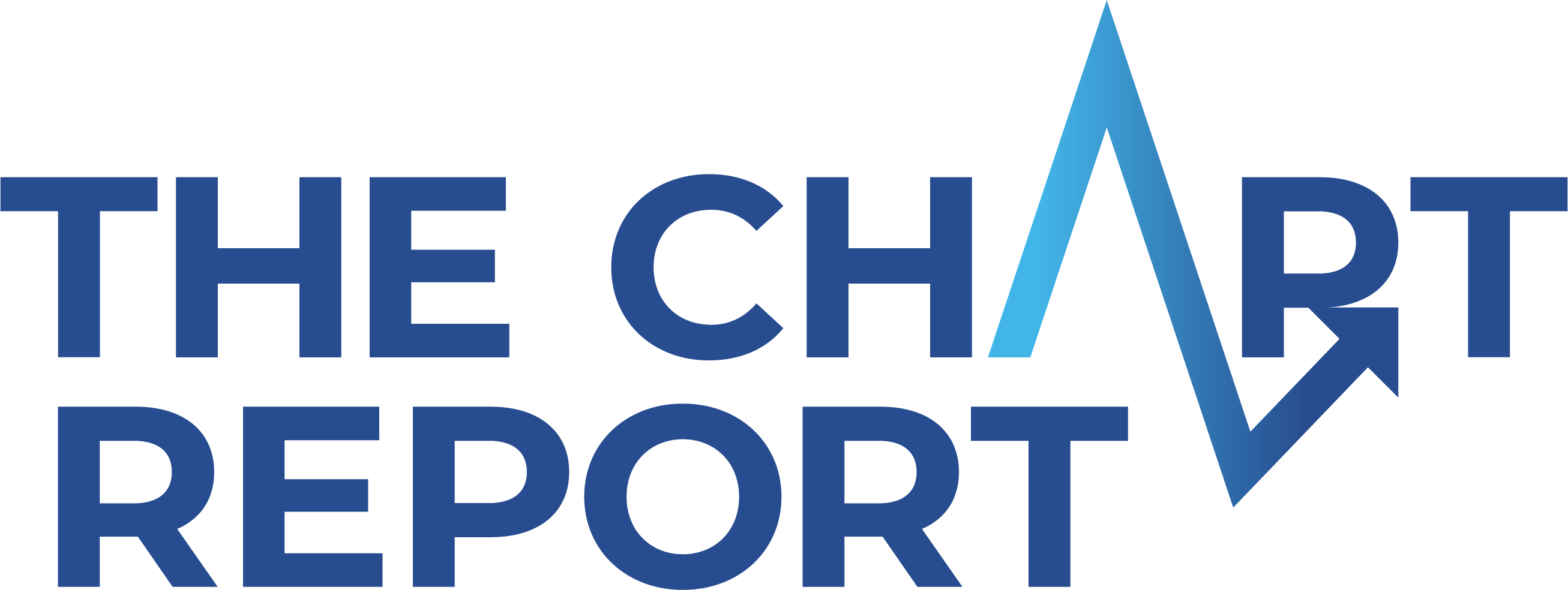The average investor in America is usually only concerned with what the S&P 500, Dow Jones Industrial Average or the NASDAQ is doing. That's great but in this day and age it's a global marketplace. What happens to stock markets in Europe to Asia can easily affect US markets or even give clues to what US markets may be in store for next.
With that said, there are three foreign exchange currency pairs that not only US investors, but all investors, should be aware of for 'generally accepted' global risk-on or risk-off behavior barometers. These three include: the US Dollar/South Korean Won, the US Dollar/Japanese Yen (and/or the Australian Dollar/Japanese Yen), and the US Dollar/South African Rand.
Why these three and where did this statement come from? Paul Ciana, Chief FICC Technical Strategist at Bank of America Merrill Lynch, was on Technical Analysis Radio last week discussing this topic in the podcast during the ~7 to 13 minute mark. He states that "South Korea is a popular Emerging Market location with reasonable liquidity in Asia giving investors the potential to get size in the market. South Korea also has ties to China and North Korea, which express sentiment through the cross. Lastly, South Korea is tied to Taiwan, which is connected to technology and the semiconductor business."
Paul goes on to add that "the Aussie/Yen is a turbo charged Dollar/Yen because when you move out of Dollar/Emerging Market space you essentially have the commodity currency of G10 vs. the most stable face currency in G10. When growth is good, companies are buying hard materials like Copper and Granite's related to the Australian Dollar and they are selling currencies like the Yen, which do not provide much growth, only stability."
Let's dive into each of these charts below:
If USD is outperforming KRW, that is a risk-off environment. Investors can see this due to certain spikes over past years like 2000, 2008, 2016 and lately in 2018/19. If you zoom-in on the past few years, investors can see the head-and-shoulders pattern that has been forming since April 2017. This broke out above the 1120 neckline a few weeks ago with a measured move targeting 1220. We are about half way to Paul states, "the rally in USD/KRW has dragged the S&P lower in the near-term. If this pair has more to go, it may pose a headwind."
If JPY is outperforming USD, that is a risk-off environment. Investors can see this play out during 1998 to 2000, 2007 to 2010, and most recently in early 2016. Over the past 3 years, USD/JPY has been consolidating it's move higher in a triangle. Whichever direction it ends up resolving itself will be a big tell for investors.
If AUD is underperforming JPY, that is a risk-off environment. As AUD/JPY comes into 9-year support, bulls will want to see this level hold. A breakdown in this pair and we may have an issue for global risk-on behavior.
If USD is outperforming ZAR, that is a risk-off environment, especially for Emerging Markets. For example, the USD/ZAR trend looks very similar to SPY/EEM and we know how long Emerging Markets have been underperforming the US. While choppy, Paul notes there is potential for a head-and-shoulders bottom in USD/ZAR. What does that mean for global risk? We'll have to wait and see.
With US markets taking a hit early this week, US-based equity investors can use this new knowledge and apply it live to help determine to what extent the risk-off picture is here or not here to stay.. Thank you for reading and feel free to Contact Us with any questions!






